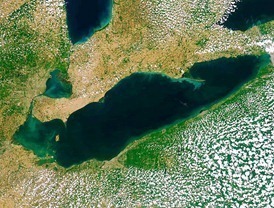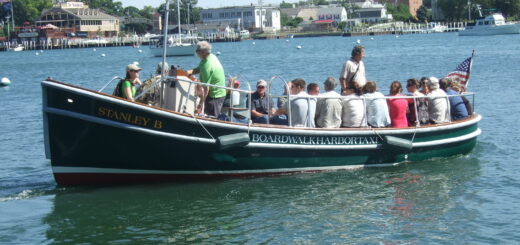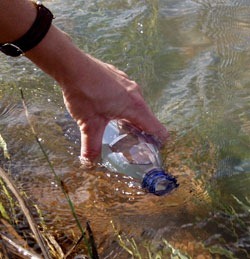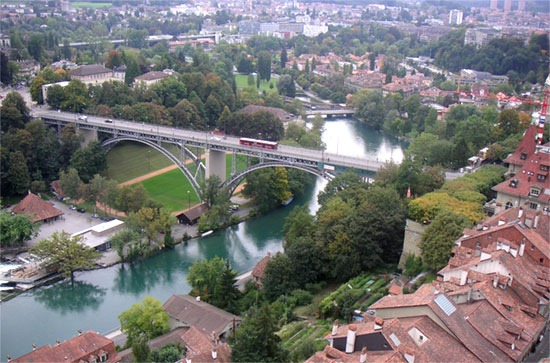Supreme Court limits Clean Water Act, leaving many waters unprotected
0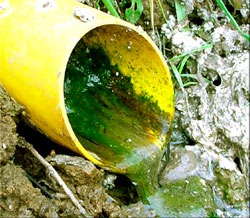 As many as half of the nation’s worst polluters may be outside of the Clean Water Act’s jurisdiction thanks to two Supreme Court rulings limiting its power, reports The New York Times. This has left thousands of water polluters free from regulation.
As many as half of the nation’s worst polluters may be outside of the Clean Water Act’s jurisdiction thanks to two Supreme Court rulings limiting its power, reports The New York Times. This has left thousands of water polluters free from regulation.
The Supreme Court has created a precedent for strictly adhering to language in the Act that limits its power to “navigable waters.” Since the law’s inception, this term was rather loosely interpreted to include streams and wetlands that could seep into major water sources. The two court decisions in question, however, implied that waterways in only one state, creeks that can go dry, or lakes not connected to other water bodies do not fall under the definition of navigable waters. Pollution in such water bodies, however, can make its way into other systems, which can still pose a tremendous risk to nearby populations, regulators said.
Many oil, carcinogen, and dangerous bacteria spills have gone unprosecuted, according to Environmental Protection Agency regulators working on the cases. They told The Times they’ve had to discontinue or postpone more than 1,500 major pollution cases since the second of these two rulings in 2006. In many situations, companies have simply delayed cases for years. Some polluters have refused to renew or apply for discharge permits, saying the CWA no longer applies to them.
Douglas Mundrick, an Atlanta-based EPA lawyer, said many Clean Water programs have had to shut down. And New York officials warned that some watersheds that feed into the state’s water supply are currently unprotected.
In fact, the EPA has reported that about 117 million Americans are supplied with drinking water fed by waters unprotected by the CWA.
Some legislators are making a push for a Clean Water Restoration Act, which will attempt to return the CWA’s original power, partly by removing the word “navigable.” A Senate committee has approved it, but it hasn’t yet been introduced in the current House session.
Many lobbying groups are opposing the new bill, warning that it would give government power “to regulate rain puddles and small ponds,” according to The Times. Organizations such as the Farm Bureau Federation and National Association of Home Builders are among the protesting groups.
— For more details, read the whole story at The New York Times, which is part of its ongoing series “Toxic Waters” about the worsening condition of U.S. waterways.
What do you think of the limitations put on the Clean Water Act? Share your thoughts in the comments.
Rulings Restrict Clean Water Act, Foiling E.P.A. [The New York Times] Image Credit: http://commons.wikimedia.org/wiki/File:Drainage_nitrates_vers_HondeghemFr_2003_04_09.jpg/ CC BY 2.5




